Assembled here are key sources that have shaped the modern Middle East, Zionism and Israel. We have included items that give texture, perspective and opinion to historical context. Many of these sources are mentioned in the Era summaries and contain explanatory introductions.

The University of California, Santa Barbara has an impressive collection of presidential papers in its online American Presidency Project. This free resource includes the Messages and Papers of the Presidents from 1789 (Washington) to 1929…
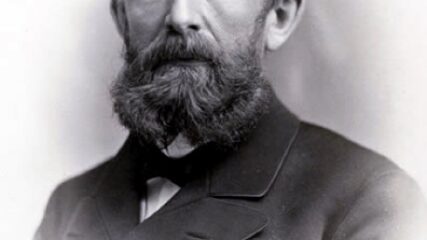
Major motivations for some Jews to choose Zionism included their failure to gain civic equality with their non-Jewish neighbors, and increasing outbreaks of rampant anti-Semitism. This account of the miserable economic situation of Jews in eastern Europe was another impetus for Jews to change their economic, political, and social condition through immigration.
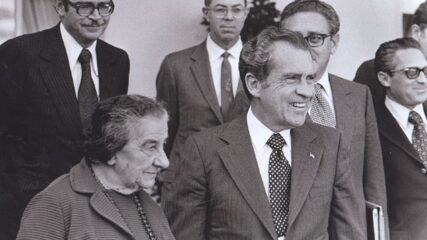
For more than seventy years the US government developed and revised its attitude toward Zionism and Israel. Using published archives, press conferences, speeches and numerous interviews, this compilation of 50 quotations traces how American views of Zionism and Israel changed.

Speculation again abounds whether a two state solution might be a seriously considered outcome to Palestinian-Israeli differences. A long history of its mention but not its implementation persists. Advocacy by external voices persists, but no one seems ready to make the critical political trade-offs required.

In New York, urging American (Jewish) support, Ben-Gurion proclaims the eventual establishment of a Jewish state.
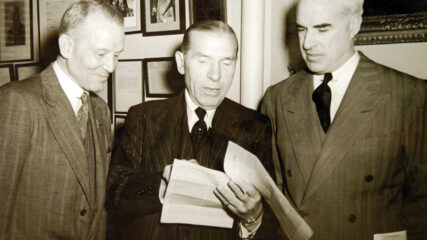
In four days of sharply presented testimony and debate, the House evaluated the pros and cons of whether to endorse Jewish immigration to Palestine. Pressure from the Executive Branch not to pass such a resolution was heeded. According to Chief of Staff George Marshall “such a resolution would have adverse effects on the Moslem world.” This was the same argument that the State Department used in trying but failing to persuade President Truman in 1947 not to vote in favor of Palestine’s partition into Arab and Jewish states. The debate in the Congress took place more than a year before World War II ended in Europe. Fear of Arab state retaliation against the US never materialized because the US endorsed Jewish immigration to Palestine and a two state solution.
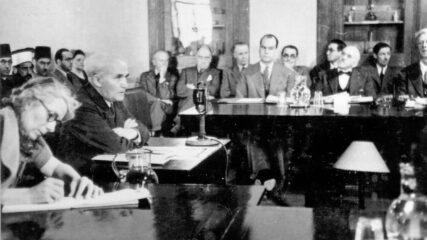
April 20, 1946 Anglo-American Committee of Inquiry, Report to the United States Government and His Majesty’s Government in the United Kingdom, meeting in Lausanne, Switzerland, 1946. Unsure how to manage Palestine’s future, the British and…

For information on accessing pre-1947 FRUS documents relating to Palestine, click here. FRUS 1947 Vol. V — The section on Mandatory Palestine, including the Arab-Zionist controversy and the United Nations, begins on Page 999 and ends…

Fearing Communist penetration of the Eastern Mediterranean, Truman at the beginning of the Cold War defines the region as a sphere of US national interest.

Loy Henderson, Director of the Office of Near Eastern and African Affairs, U.S. State Department, to U.S. Secretary of State George Marshall
Writing two months before the U.S. voted at the United Nations in favor of Palestine’s partition into Arab and Jewish states, Henderson voices profound dislike for Zionism and a Jewish state. He advocates for cultivating positive relations with Muslim and Arab states. He is one of many at the State Department at the time who saw Zionism as contrary to American national interests.
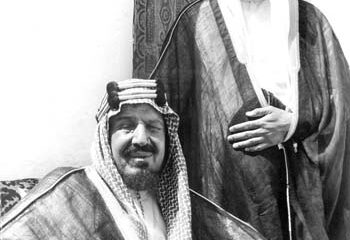
No document better reveals the hostility which most Arab leaders and Arab states had in 1947 for Zionism and for a possible Jewish state. The Saudi King notes “that US support for Zionists in Palestine is an unfriendly act directed against the Arabs.” The King’s views were totally supported by US State Department officials including Loy Henderson and George Kennan who advocated strongly against Truman’s support of a Jewish state.
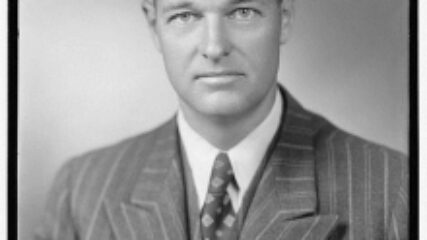
In March 1948, two months before Israel’s establishment, the US State Department sought to reverse the US vote in favor of partition for the creation of Arab and Jewish states in Palestine.

Upon admission to the U.N., Israeli Foreign Minister Moshe Sharett said, “It was
the consummation of a people’s transition from political anonymity to clear identity, from inferiority to equal status, from mere passive protest to active responsibility, from exclusion to membership in the family of nations.”
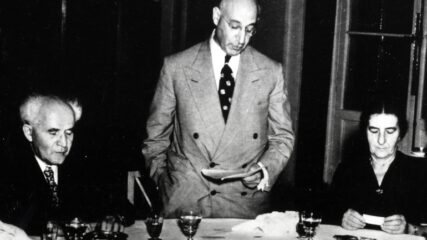
August 23, 1950 American Jewish Yearbook, Vol. 53. 1952. 64-8. Over time, world Jewish opinion became splintered not only about the nature of Zionism or the role of Israel in their identity, but the degree…
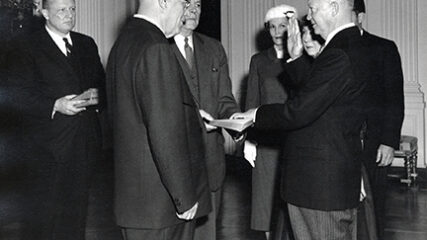
Further reinforcing the Truman Doctrine, the US President promises military or economic aid to any Middle Eastern country resisting Communist aggression.

A detailed outline of events that led to the June 1967 war.
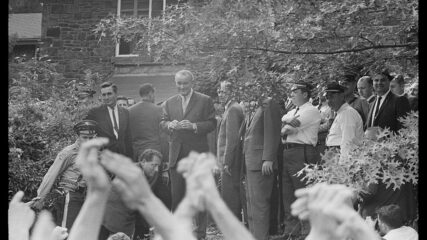
President Johnson’s remarks became the philosophical outline for UN Resolution 242 passed in November 1967. Core to his view was that Israel would not need to return to the pre-1967 war borders, and that the territorial integrity and sovereignty of all states in the region should be protected.
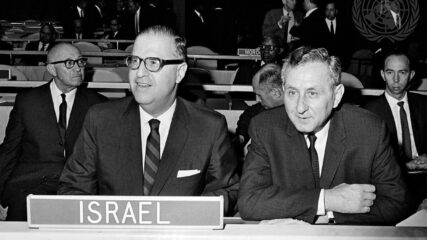
Following the conclusion of the June 1967 War, the Israeli government sent word to Egypt and Syria seeking peace plan that was intended to jumpstart a peace process with Israel’s belligerent neighbors, Egypt and Syria. The messages were sent through the US, but no response was apparently received.
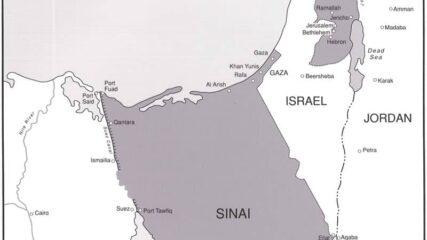
The Resolution calls for unspecified Israel withdrawal from territories in return for right of all states to live in peace. It does not call for full withdrawal. It is the basis of Egyptian (1979) and Jordanian (1994) Treaties with Israel, and PLO (1993) recognition of Israel.

Without any consultation with Jerusalem, Israel rejects US proposal for full withdrawal.

Foreign Relations of the United States 1969-1976, Vol. 25: Arab-Israeli Crisis and War, 1973, published in 2011 and running more than 1,200 pages in covering all of 1973 and the first two weeks of 1974….
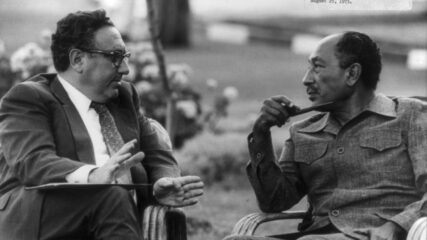
October 6, 2023, was the 50th anniversary of the outbreak of the October 1973 war. Six months prior, Egyptian President Sadat sent his national security adviser to meet with Secretary of State Kissinger to determine whether the U.S. would engage Egypt and Israel in serious mediation for a Sinai agreement, or a series of them, all focused on Israeli withdrawal and gradual acceptance of Israel. Kissinger did not take Sadat’s overtures seriously. Would American action then have avoided the October 1973 war? All informed analyses say no.
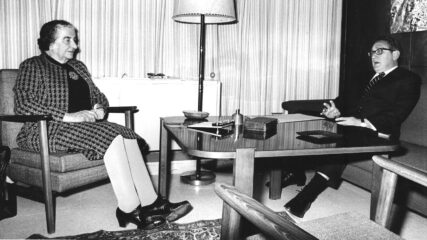
In carrying out research in the 1990s for Heroic Diplomacy: Sadat, Kissinger, Carter, Begin and the Quest for Arab-Israeli Peace, Routledge, 1999, I undertook 84 interviews with individuals who participated in the diplomacy.
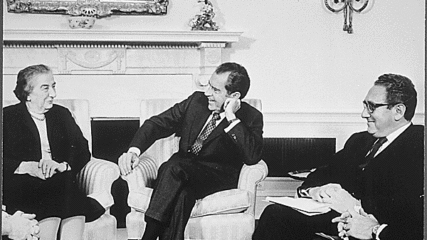
The October 1973 war broke the logjam over whether diplomacy could unfold to kick off Arab-Israeli negotiations. Sadat used the 1973 war as an engine to harness American horsepower. In that he succeeded because U.S. Secretary of State Kissinger saw Sadat’s leaning to Washington not only as a chance to begin useful negotiations, but also of great significance to weaning the Egyptian president away from Moscow.






















